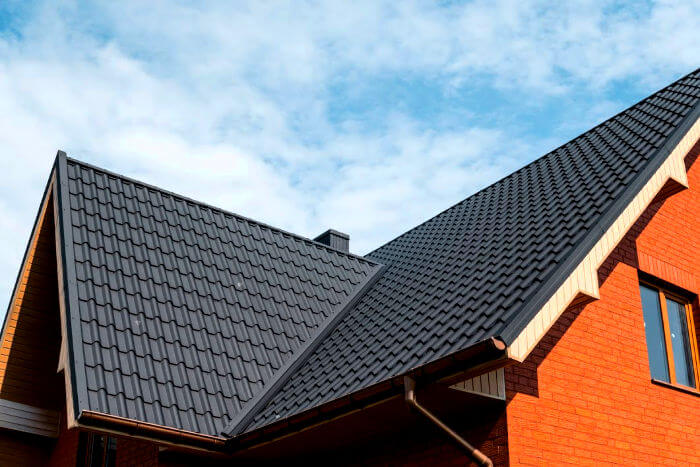How to Solve Issues With Montclair Roofing
Water Will Certainly Discover a Way In
Water marks on a ceiling, or even worse, leaking water, might have you fretted that your entire roof remains in tatters. However even if there's a leak doesn't indicate your roof covering will certainly require a massive quantity of repair work. In some cases stopping it is as straightforward as filling up a fracture with caulk, replacing a few shingles, or installing some flashing-- a membrane or layer of metal that gives a mechanical barrier to reroute water at edges, gaps, gaps, and various other places prone to leaking.
Fallen tree limbs, hail, and also even wind can loosen or get rid of shingles. Damaged blinking is an additional typical offender. Even rubberized boots around plumbing pipes, or with poorly installed satellite dishes or photovoltaic panels can cause isolated leaks. To determine what type of leakage you've got on your hands, first attempt to map it to its origin.
Trying to find Leakages
It's http://edition.cnn.com/search/?text=Montclair Roofing simplest to discover a leakage when it's raining outside. Bear in mind that water usually gathers at a spot that's different from where it's entering-- it usually runs down the length of a rafter or stud and only drips once it reaches a low point.
In an unfinished attic room, the framing is visible, so Montclair Flat Roof merely begin at the leak as well as look along the length of any kind of wood framing that brings about that point, to see if you discover a route of water that stems higher on your roofing. In a finished attic, you'll require to make use of a portable device called a stab attended remove any kind of drywall that blocks your view. As soon as you assume you have actually discovered the origin, take a look at top of the roofing system (you can do this Montclair Flat Roof contractors securely from the ground with a set of field glasses) to see if you can determine any kind of apparent offenders, like missing roof shingles, or broken blinking near a chimney.
If you can't find the leakage on your own, a certified roofer can do an evaluation and make referrals about whether repair service or substitute is needed. Also if you're able to find your own leakage, you'll want to leave the repair service task to a pro-- climbing onto your roof covering with a high expansion ladder is a dangerous job. A lot of leakages can be stopped if they're restricted to a couple of areas. If, nonetheless, you're experiencing persisting leakages, and also your roofing system is out of guarantee, it might be time for a new roofing. The money you would spend on several temporary solutions is possibly better related to a brand-new roof covering with an extensive guarantee.
Various Other Warning Signs
You do not have to wait on leakages to appear before you consider repair services to your roof covering, though. Missing, damaged, or curling tiles can all be indications of leakages ahead. As well as the age of your roofing system itself can be a guide-- house owner's insurance provider normally presume an asphalt tile roof covering will last concerning twenty years, and also some insurers won't provide insurance coverage if your roofing is older than that. If your roofing was put on by the previous owner of your residence, a roofing contractor or a licensed house inspector can generally supply a rough quote of the age, based upon the condition of the shingles.
Also without leaks or obvious signs of damage to the roofing, it can make sense to change an out-of-warranty roof covering that's more than twenty years old. That's because once a leak develops, it can do major damage to the timber sheathing below the tiles. And if that sheathing comes to be distorted or decomposed, changing it can add several thousand dollars to the general expense of your brand-new roof when you do get around to changing it. The picture listed below programs the various layers involved in a normal roof.
Insurance Insurance coverage

Before you work with anyone to work with your roofing, call your property owner's insurer to inspect your insurance deductible and also protection for roof repair work or replacement. You'll wish to evaluate your out-of-pocket prices against the cost of replacing your roofing system entirely. Take into consideration any resulting boost in your costs as well-- it might make even more feeling to merely cover the expense yourself.
Generally, homeowner's insurance plan might cover, or contribute towards, the fixing of separated leakages, but won't cover the price of substitute. Many insurance companies will send an insurance adjuster to offer a price quote for the repair, as well as policies typically cover fixings to the roofing, as well as any damage to the framework, drywall, or flooring that results from a leaking roof covering. If you do receive a payout from your insurer, you can make use of that cash to make the certain repair work, or apply it toward the price of an overall replacement.
